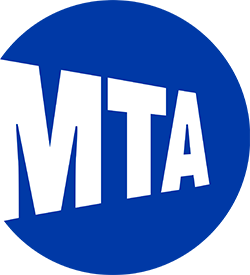One of the many health hazards that construction and utility workers in New York have to face is overexertion caused by heavy lifting in materials handling. Safety authorities say a significant number of workplace injuries and many lost work days result from the cumulative trauma that lifting injuries can cause. Your most vulnerable body parts are your back and your neck.
Authorities have identified the most dangerous aspects of lifting in these industries, and they suggest precautions to prevent the most common injuries. These include spinal injuries, muscle strains, sprains and tears, along with wrist, elbow and shoulder injuries.
Potential hazards to avoid
Some of the most common threats for overexertion include the weight of certain objects, the posture required to lift these objects, the duration and frequency of the lifts, the availability of handholds and any adverse environmental factors. Below is a breakdown of each of these hazards along with possible solutions:
Weight of objects — Heavy tools, machinery, conduit bundles, wire spools and other objects can place excessive stress on ligaments and muscles, as well as vertebrae and discs. The heavier the load, the higher the risk, especially with loads weighing over 50 pounds
Possible solutions:
- Use equipment such as hand trucks, pallet jacks or forklifts to lift heavy loads, or use lift gates and ramps.
- Make sure you lift and lower heavy objects from and to heights no higher than your mid-chest and no lower than your mid-thigh. That is called the power zone.
Awkward postures — If you bend while you lift an object, you burden your back with the weight of the object and the weight of your upper body. Furthermore, bending to lower an object increases lower-spinal stress and fatigues the muscles. The uneven pressure if you twist your body while lifting or lowering objects or carrying loads under your arm, on your shoulder or using only one hand can cause spinal damage.
Possible Solutions:
- Keep objects in your power zone to minimize bending or stretching, and move your feet to turn toward a load rather than twisting your torso.
- When you carry a load, the object and your elbows need to be close to your body.
- Use mechanical lifts to reach loads that are above shoulder height.
Long-duration and high-frequency — If you have to hold objects for extended times or do repeated stressful motions, you will starve your muscles from receiving nutrients. The buildup of waste products will make you more vulnerable to shoulder and back injuries.
Possible Solutions:
- Take frequents breaks to reduce the duration and frequency of exertion.
- Use mechanical lifting equipment to hold heavy objects, like junction boxes, in place during installation.
Nonexistent or inadequate handholds — Without proper handholds, lifting is more difficult, as is holding the object close to your body. This increases the risk of dropping the object or suffering contact stress.
Possible Solutions:
- Carry items without handholds in containers with proper handholds.
- Use suction devices as temporary handholds when applicable.
Environmental dangers — Be careful when you work in freezing temperatures because your muscles will be less flexible and susceptible to sprains or strains. Excessive heat poses another danger because dehydration and fatigue weaken the body.
Possible Solutions:
- Adjust schedules to work during hours with less extreme temperatures.
- Wear appropriate clothing to prevent exposure to the elements.
- Avoid dehydration on hot days by taking regular refreshing drinks and frequent rests in shady spots.
All overexertion injuries during lifting tasks can cause chronic pain and discomfort that might need long-term care and extensive therapy. The costs of such treatment could be recovered through the New York workers’ compensation insurance system, along with wage replacement if your injury kept you away from work.



